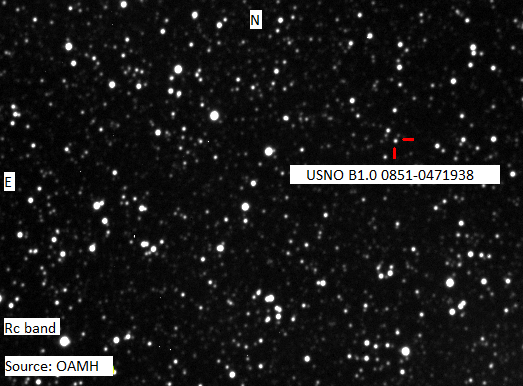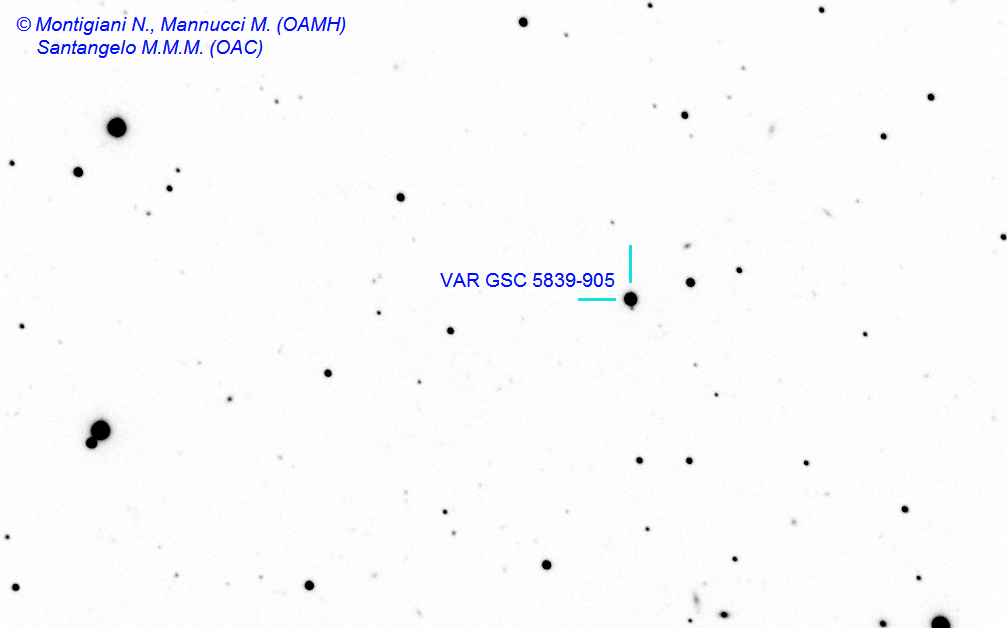
Subpages
Overview |

Comune di Capannori
CCD Photometry and Imagery
Photometry
At OAC we are involved in various
activities which make use of CCD cameras. CATS Project One of the CCD research programs
is called CATS (Capannori Astronomical Transient Survey). AGNs In the first link you can find
a paper about our discovery of the last outburst
of the blazar GRBs
|
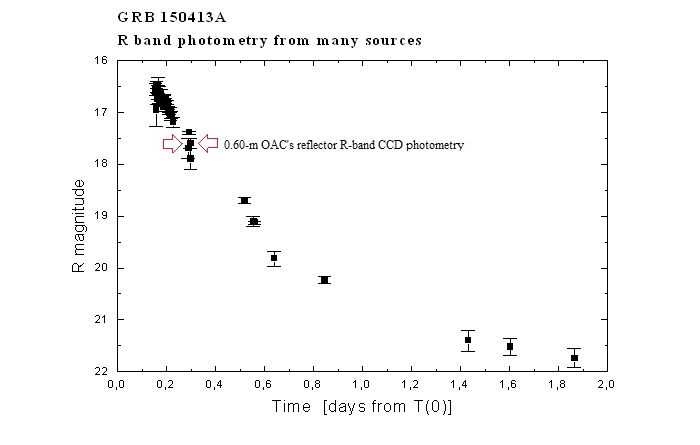 |
DISCOVERY OF NEW VARIABLE STARS At
OAC we are engaged in a cooperative effort with Osservatorio
Astronomico Margherita Hack (OAMH) and Associazione Astrofili
Fiorentini(AAF) for the discovery of new variable stars by means of CCD
techniques. Currently we are using the 0.35m Schmidt-Cassegrain at OAMH
with AAF's staff. Most of CCD frames are shot and processed by AAF's
staff; most of statistical analysis and bibliographic searches are
performed by OAC's staff.
Below we show some more (see also the Best Frames page) fine CCD frames. |
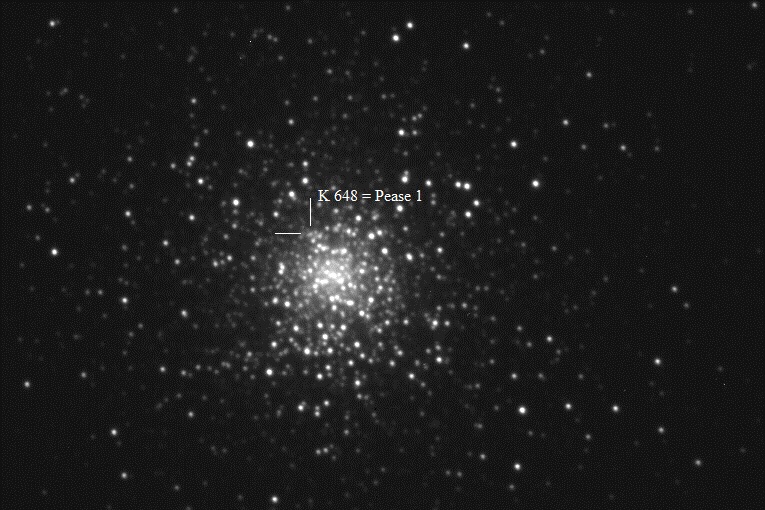 |
| Globular cluster M15 and planetary nebula K648. Single 120-seconds R band frame (with DDP digital filtering) taken by M.M.M. Santangelo & S. Gambogi on September 1st 2014, with OAC's 0.60-meter f/9.83 Cassegrain reflector + SBIG ST-8 XME CCD camera + CFW-10 filter slider and Johnson/Cousins R band filter. Normal sidereal tracking without guiding. |
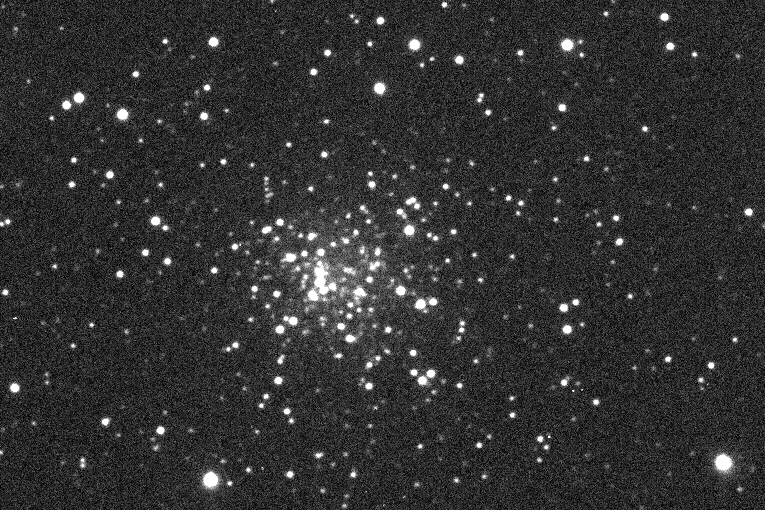 |
| Globular cluster NGC 6426. Single 90-seconds I band frame (with DDP digital filtering) taken by M.M.M. Santangelo & S. Gambogi on Aug 17th 2014, with OAC's 0.60-meter f/9.83 Cassegrain reflector + SBIG ST-8 XME CCD camera + CFW-10 filter slider and Johnson/Cousins I band filter. Normal sidereal tracking without guiding. |
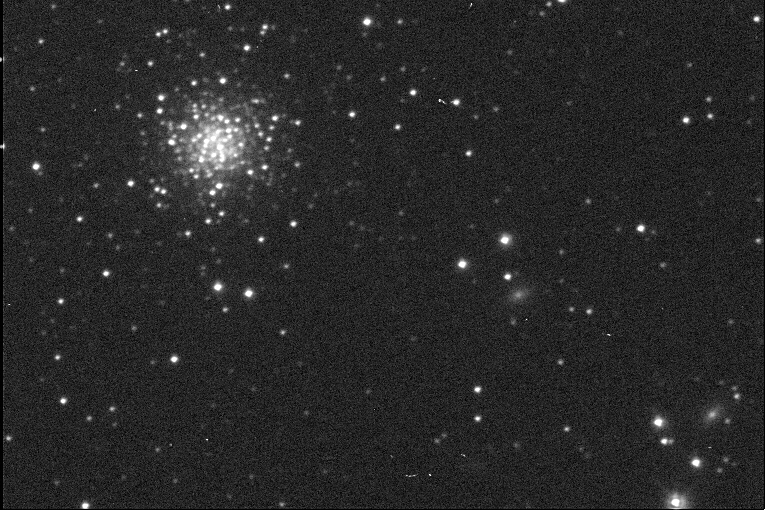 |
| Globular cluster NGC 7006 and three galaxies (MCG +3-53-11, MAC 2101+1608 = 2MASX J21010721+1608273, GALEXASC J210117+160752.0). Sum (with DDP digital filtering) of three 90-seconds I band frames taken by M.M.M. Santangelo & M. Pasquini on Aug 6th 2014, with OAC's 0.60-meter f/9.83 Cassegrain reflector + SBIG ST-8 XME CCD camera + CFW-10 filter slider and Johnson/Cousins I band filter. Normal sidereal tracking without guiding. |
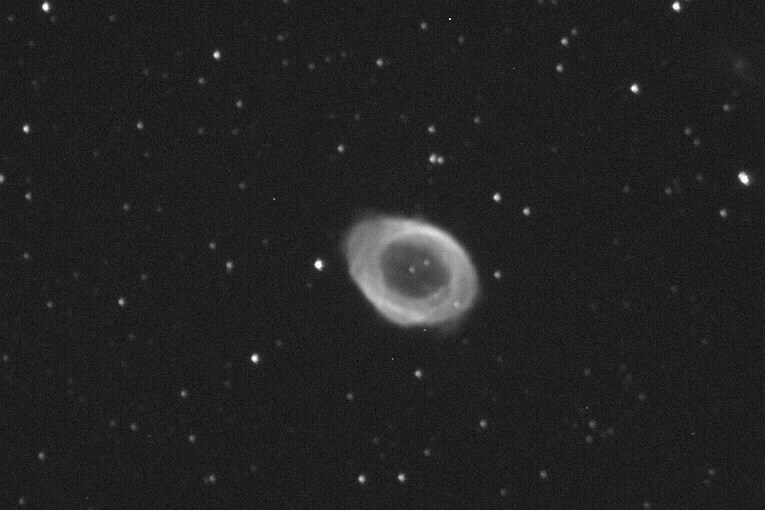 |
| Planetary nebula M57 (and a hint of the spiral galaxy IC1296). Single 90-seconds R band frame (with DDP digital filtering) taken by M.M.M. Santangelo on Aug 6th 2014, with OAC's 0.60-meter f/9.83 Cassegrain reflector + SBIG ST-8 XME CCD camera + CFW-10 filter slider and Johnson/Cousins R band filter. Normal sidereal tracking without guiding. |
 |
M1
emission nebula supernova remnant
120s CCD frame in R band taken with OAC's 0.30 m f/10 Schmidt-Cassegrain with CCD Camera SBIG ST-9 XE plus AO-8 adaptive optics |
 |
M3
globular cluster 479s CCD frame in R band taken with OAC's 0.30 m f/10 Schmidt-Cassegrain with CCD Camera SBIG ST-9 XE plus AO-8 adaptive optics |
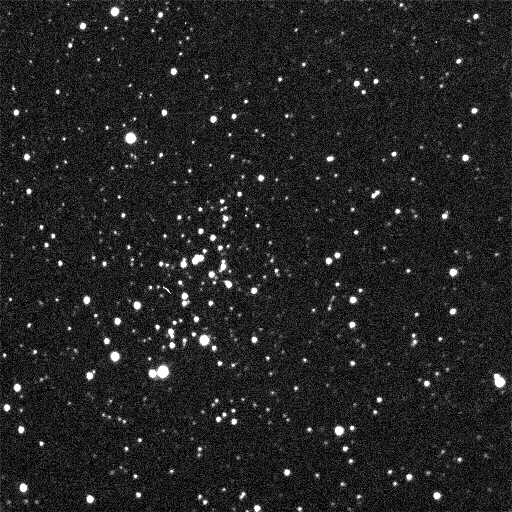 |
NGC
7790
open cluster
60s CCD frame in R band taken with OAC's 0.30 m f/10 Schmidt-Cassegrain with CCD Camera SBIG ST-9 XE plus AO-8 adaptive optics |
 |
M87
galaxy and its nuclear jet 120s CCD frame in R band taken with OAC's 0.30 m f/10 Schmidt-Cassegrain with CCD Camera SBIG ST-9 XE plus AO-8 adaptive optics |
 |
NGC
4302 and its companion galaxy 300s CCD frame in I band taken with OAC's 0.30 m f/10 Schmidt-Cassegrain with CCD Camera SBIG ST-9 XE plus AO-8 adaptive optics |
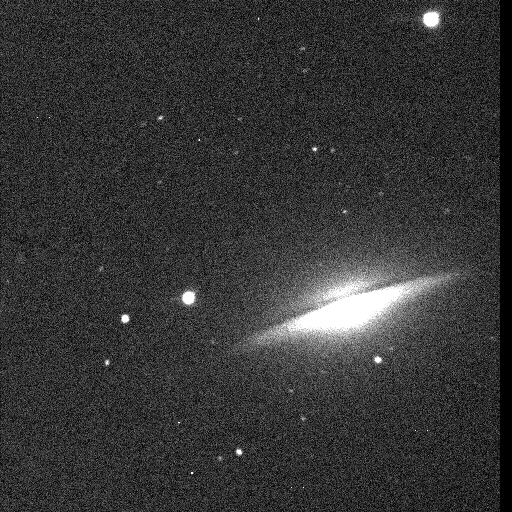 |
M104 "sombrero" galaxy Sum of two 30s CCD frames in I band taken with OAC's 0.30 m f/10 Schmidt-Cassegrain with CCD Camera SBIG ST-9 XE plus AO-8 adaptive optics |
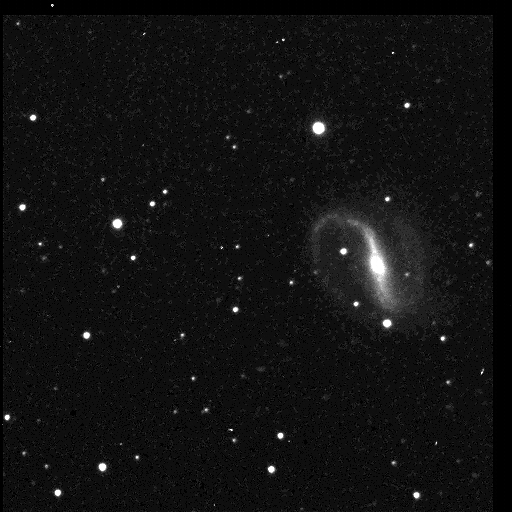 |
NGC7479
galaxy Sum of 90s R band and 120s I band CCD frames taken with OAC's 0.30 m f/10 Schmidt-Cassegrain with CCD Camera SBIG ST-9 XE plus AO-8 adaptive optics |
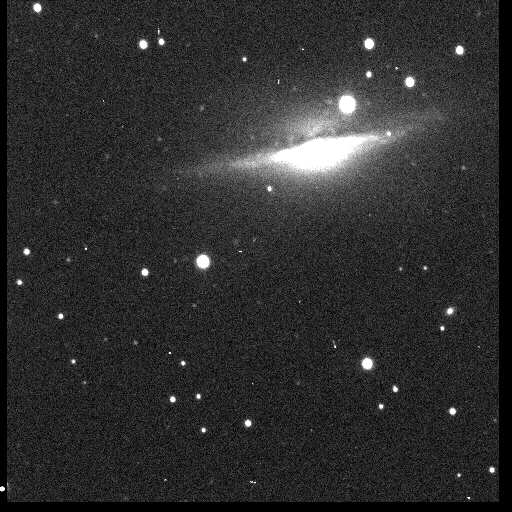 |
NGC
1055 galaxy 180s CCD frame in I band taken with OAC's 0.30 m f/10 Schmidt-Cassegrain with CCD Camera SBIG ST-9 XE plus AO-8 adaptive optics |
